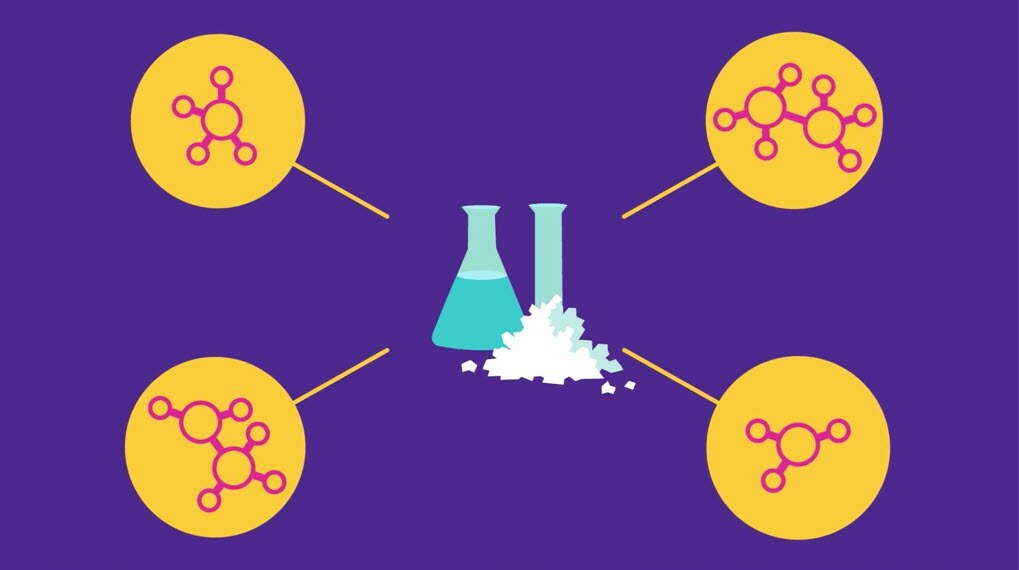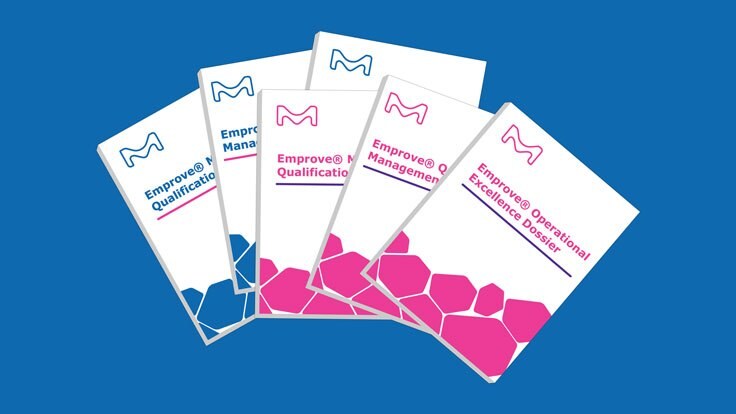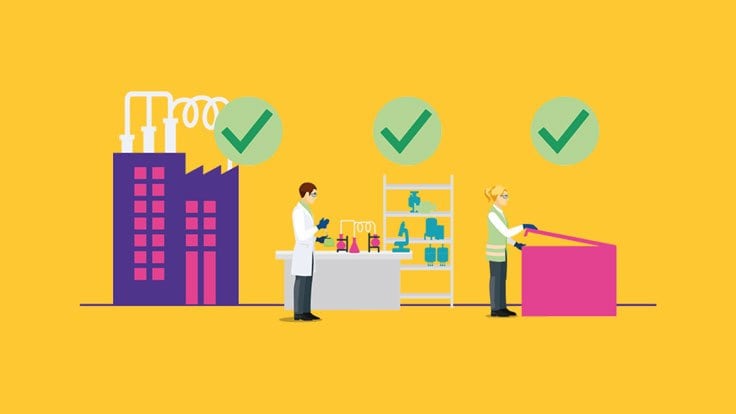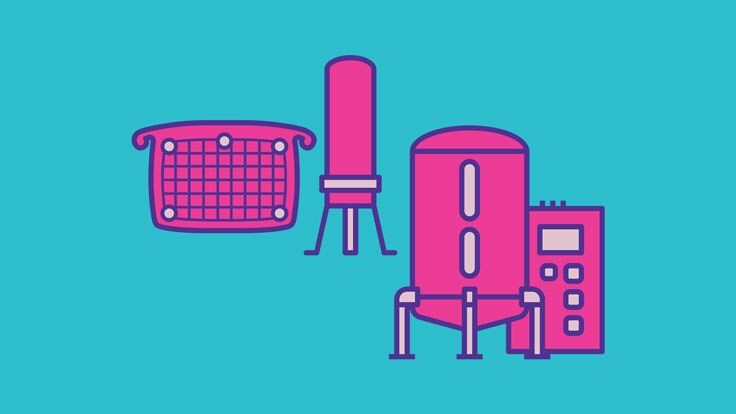Pharmaceutical Formulation & Manufacturing
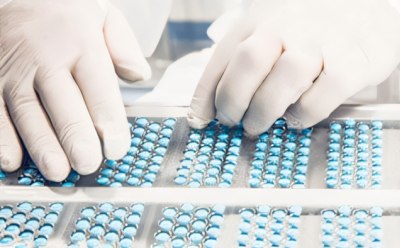
With an increasing focus on specialized medicines and complex drug formulations, the manufacturing of drug products has become increasingly complicated. Processing and formulation of certain active pharmaceutical ingredients (APIs) may require special consideration during development and manufacture of the final formulation. Aspects such as bioavailability of the API in the body, API stability, and low dosage formulations are frequent hurdles to overcome when bringing a drug to the market.
Complying with evolving and increasingly stringent regulations for excipient risk assessment is challenging for both solid and liquid manufacturing. Expertise and understanding of global regulatory requirements can help ensure compliance of the chemicals, hardware, and consumables used in the manufacturing process.
Excipient GMP: The industry journey from guides to standards
GMP requirements for excipients have evolved over the past ten years from guides to standards. The focus on the importance of excipient GMP is ever-increasing. It is clear that regulatory bodies see the value in having drug manufacturers understand and assess the risk of the excipients in their drug products as it relates to appropriate GMP.
How do pharmaceutical manufacturers decide which excipient suppliers are best prepared to incorporate the regulatory standards for excipient GMP into the supply and documentation support of excipients used in pharmaceuticals? EXCiPACT certification of the excipient supplier and Emprove® documentation approach can help pharmaceutical manufacturers to address regulatory requirements.
Taking the fast track to obtaining regulatory approval
In March 2016, the European "Guidelines on Formalized Risk Assessment for Ascertaining the Appropriate GMP for Excipients of Medicinal Products for Human Use" became official, emphasizing the need for drug manufacturers to understand and assess the risk of the excipients in their drug products as it relates to appropriate GMP. The innovative Emprove® program can accelerate the pathway to regulatory approval by providing comprehensive product information and documentation. It simplifies processes by:
- Facilitating the qualification process
- Supporting risk assessment, management, and mitigation
- Increasing supply chain transparency
- Expediting approval preparation and extending compliance – saving time and money
Emprove® dossiers contain detailed documentation on pharmaceutical raw and starting materials as well as filters and single-use components.
Selecting appropriate raw materials for transition to a commercial scale
A major challenge in small molecule drug development is the change in quality and supply chains as manufacturers progress from discovery to commercialization. A key risk consideration is whether the chemicals used in drug synthesis have the appropriate quality level for use in clinical trials and commercialization. If the right products are not used early in the development process, additional time and costs are required to convert to the correct quality level of raw materials at later stages in development. Changes in later steps also require more validation. This can lead to a higher total cost of ownership.
When transitioning to a commercial manufacturing process, understanding raw material requirements and cost implications is essential. A consistent supplier strategy should be developed, allowing manufacturers to identify the changes needed to convert to raw materials that are fit for purpose in a regulated product. An appropriately rigorous approach includes evaluation and assessment of raw materials used to manufacture a small molecule drug during development.
Visit our document search for data sheets, certificates and technical documentation.
Find More Articles and Protocols
Related Product Resources
- Brochure: Process Development and Drug Manufacturing: Support Services
We provide comprehensive services for drug development and manufacturing, including technical and regulatory expertise and process development support.
How Can We Help
In case of any questions, please submit a customer support request
or talk to our customer service team:
Email custserv@sial.com
or call +1 (800) 244-1173
Additional Support
- Chromatogram Search
Use the Chromatogram Search to identify unknown compounds in your sample.
- Calculators & Apps
Web Toolbox - science research tools and resources for analytical chemistry, life science, chemical synthesis and materials science.
- Customer Support Request
Customer support including help with orders, products, accounts, and website technical issues.
- FAQ
Explore our Frequently Asked Questions for answers to commonly asked questions about our products and services.
Workflow
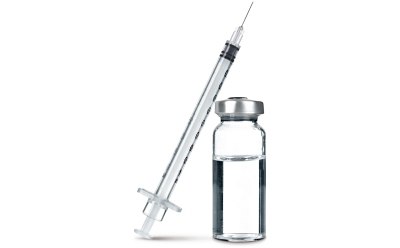

Solid Formulation Strategies
Typical solid dose challenges include API solubility and final formulation API stability, controlling total cost of manufacturing, and creating a robust, homogeneous tablet free of complications during packaging or storage.
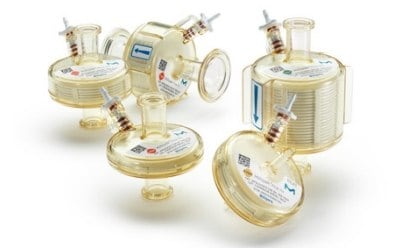
Sterile Filtration Strategies
Drug products must be free from bacteria and other microorganisms to ensure patient safety, requiring expert use of aseptic filtration for pharmaceutical products that cannot be terminally sterilized.
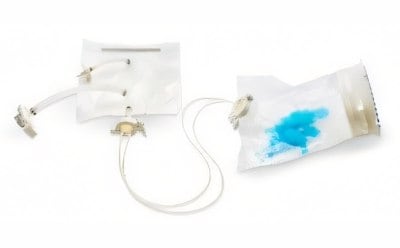
Final Fill Strategies
The final fill process is a critical aspect of drug manufacturing, demanding careful risk mitigation in order to ensure that safe therapeutic drug products are provided to patients.
To continue reading please sign in or create an account.
Don't Have An Account?
